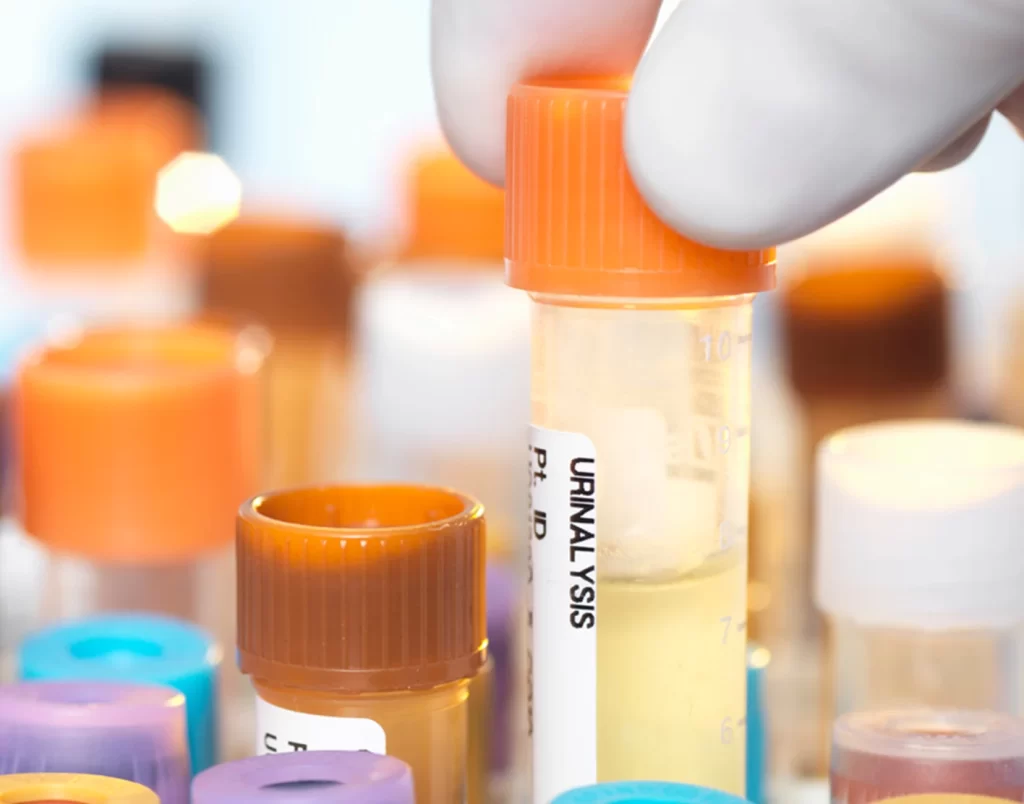Manufacturing synthetic urine is a complex process that involves a combination of organic and inorganic compounds carefully blended to mimic the composition and characteristics of real human urine. While the production of synthetic urine has several legitimate applications, it is also infamously known for its use in various illicit activities such as cheating drug tests. The manufacturing process for synthetic urine requires precision and strict quality control to ensure it closely resembles the real thing in terms of color, odor, specific gravity, and chemical composition. The key components in synthetic urine typically include water, urea, creatinine, uric acid, ammonia, and various salts. Water serves as the base, making up the majority of the solution, and it is essential for maintaining the fluid consistency of real urine. Urea and creatinine are vital as they are the primary waste products excreted by the human body, and their presence in the synthetic urine is crucial for passing drug tests.

The addition of ammonia is essential to replicate the characteristic odor of human urine. While the ammonia odor may be subtle, it is a distinctive feature that is often tested for in drug screenings. Additionally, various salts such as sodium chloride and potassium chloride are added to mimic the electrolyte content of real urine, as this helps ensure the synthetic urine has the correct specific gravity. To manufacture synthetic urine, the components are carefully measured and mixed to achieve the desired chemical composition. The pH level is adjusted to fall within the typical range for human urine, which is slightly acidic, typically between 4.6 and 8.0. The specific gravity is adjusted to fall within the range of 1.002 to 1.030, which is the typical range for human urine and indicates the concentration of solutes in the solution. The color of synthetic urine is another critical aspect, and dyes are added to achieve the appropriate shade of yellow or amber. Without this coloration, the synthetic urine would be visibly different from real urine, raising suspicion during drug tests.
Quality control and consistency are paramount in the manufacturing process to ensure that each batch of synthetic urine closely matches the desired parameters. Variations in color, odor, pH, or specific gravity could be detected during drug testing, leading to potential failure. Manufacturers of synthetic urine are well aware of the legal and ethical concerns associated with their product’s misuse and often include disclaimers on their packaging to discourage illegal activities. Many states have also enacted laws to prohibit the sale or use of synthetic urine for cheating drug tests. In conclusion, the mechanics of manufacturing synthetic urine are a delicate and precise process, requiring a careful balance of organic and inorganic compounds to closely mimic the characteristics of real human urine. Quality control is crucial to ensure that synthetic urine products pass standard drug tests, and manufacturers must navigate the legal and ethical implications of their product’s potential misuse.